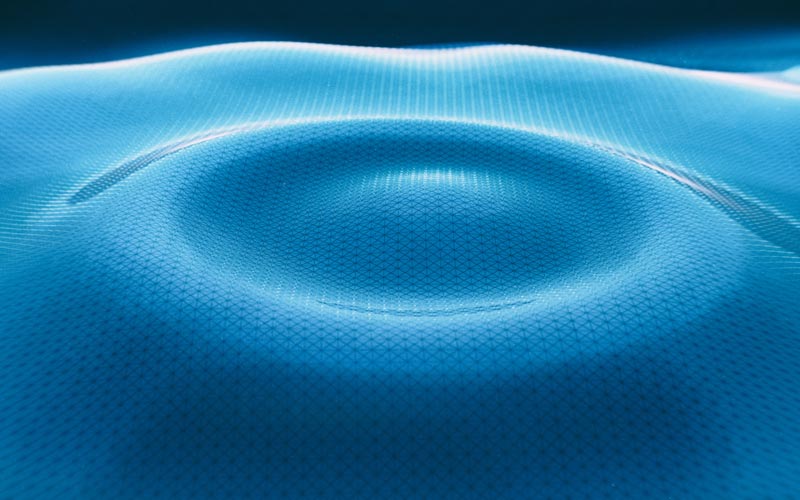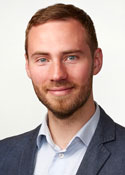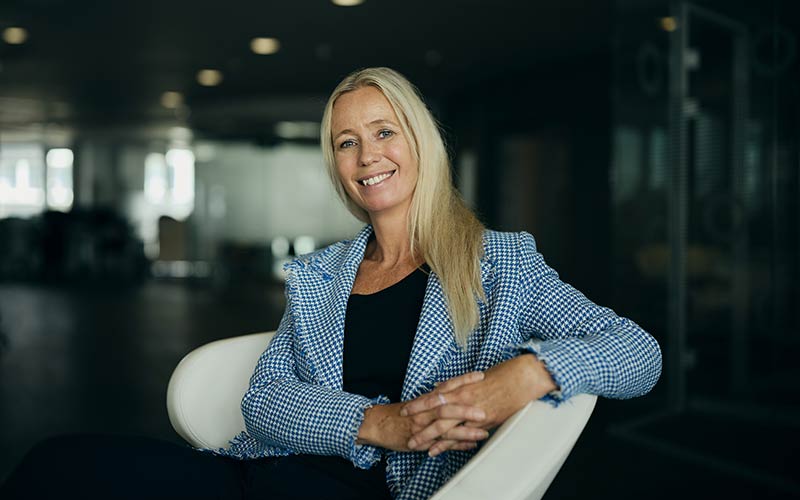
20. June 2025
Quantum technology is predicted to revolutionise a wide range of areas in society – from climate and the environment to health and data security. The technology could make it possible to solve complex problems that conventional computers is not able to handle and strengthen the protection of sensitive data and critical infrastructure.
But to fully harness the potential of quantum technology, it is crucial to establish a shared understanding of the various types of technologies required to implement, control, and scale quantum technology, e.g. quantum computers, communication and sensors. Currently, there is a lack of a clear and structured overview of the technological requirements and opportunities necessary to advance the development of quantum technologies.
– This publication plays a crucial role in understanding the complexity and composition of the Danish and international quantum landscape. Quantum technology is a large and continuously growing market. Standardisation is required to ensure a smooth integration between technical solutions and systems,”says Michael Kjær, CEO of DFM and chair of the Danish standardisation committee on quantum technology.
– Quantum technology is a complex domain. The field encompasses a wide range of diverse technologies rooted in disciplines across the natural sciences, and its applications span many industry verticals. The physical hardware forming the quantum technologies is in itself broadly varied, and the aim of this specification is to provide an overview by categorising the individual components according to their function within the overall technology. Hopefully, this will help establish a common frame of reference across the various stakeholders in quantum technology, says Ulrich Hoff, Quantum Engagement Specialist at Kvantify.
This is why Danish Standards, in collaboration with the Danish standardisation committee on quantum technology, has developed a new specification designed to provide decision-makers, companies, and research institutions with a shared tool for defining and categorising quantum technologies.
The specification includes a detailed classification of types of enabling technologies and illustrates their application in various quantum technology systems.
It defines five key categories:
– Denmark is one of the leaders in quantum technology, and this specification aims to help set the direction for the development of standards that can advance the use of technology both nationally and internationally. The specification is already part of discussions on the development of new international standards, where Danish experts are taking a leading role in the international collaboration, says Tina Helsted Vengsgaard, Director of Standardisation at Danish Standards.
The specification is part of a joint Danish action plan for the standardisation of quantum technology, developed in collaboration with broad participation from researchers, companies, and public authorities. In cooperation with the Danish government, Danish Standards is actively working to ensure a strong Danish presence and influence in the international standardisation organisations.
– For us as a quantum hardware company, it is a great help that we now have a common structure for the classification of quantum technology. This makes it easier to show how our components fit into future solutions – and it strengthens both collaboration and commercialisation, says Peter Lodahl, professor, founder and Chief Quantum Officer at Sparrow Quantum.
37 European stakeholders have joined forces for the first time to create a common foundation for greener aviation fuel – from production to fuelling – paving the way for more climate-friendly aviation across Europe.
As the second organisation in Denmark, Danish Standards has obtained certification according to the equality and diversity standard, DS 5001. The standard provides a strong platform for ensuring equal opportunities for all.
Watch or rewatch the webinar to explore the status of the EU AI Act and the coming harmonised standards for artificial intelligence.
Portal for read-only access to national adoptions of specific harmonized European standards for European public access.





